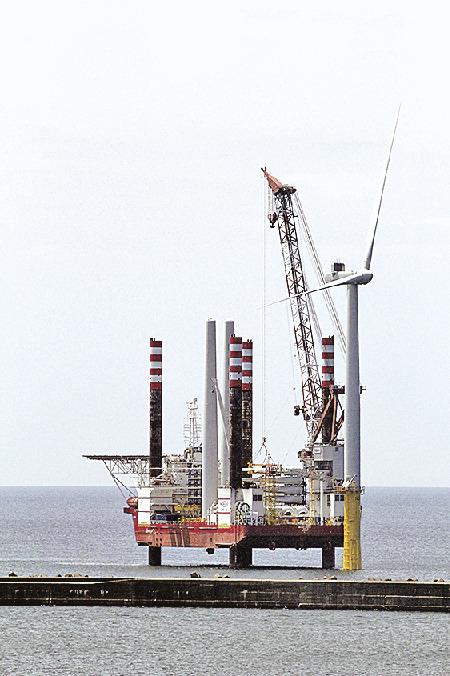Steady expansion of wind power generation / Shortening the examination period for wind farm certification is an issue

Further deregulation and public-private partnerships are required to expand the introduction of wind power generation (picture is an image)
The introduction of wind power generation is steadily expanding in Japan. According to the Japan Wind Power Association (JWPA, Representative Director Hitoshi Kato), the cumulative installed capacity by the end of 2022 will be 4.795 million kilowatts, more than double the 2.336 million kilowatts at the end of 2010. In the case of offshore wind power generation in particular, studies are underway to develop legislation that will enable the introduction of the "Japanese version of the central system" and the utilization of exclusive economic zones (EEZs) in order to achieve targets shared by the public and private sectors. On the other hand, businesses are calling for further deregulation.
One of the challenges is the examination period for wind farm certification. In a wind power generation project, it is necessary to go through the stages of surveying local conditions such as wind conditions and confirming the design (wind farm certification) such as the strength and safety of the wind turbine based on the survey before construction begins.
A power company promoting an offshore wind power generation business within a port points out that "wind farm certification takes too long." Since this certification is performed by a third-party organization, it is said that there are cases where the examination takes two to three years, although it varies depending on the type of organization and the project. An executive at a general contractor warned, "It's difficult for builders to come up with plans to procure materials and equipment. It may act as a brake on market formation."
The government has made efforts to shorten the overall review period by unifying the certification and the national review and simplifying the procedures. Even in the survey of local conditions conducted before the certification, we aim to speed up the project by introducing the Japanese version of the central system, in which the government is more involved. However, reforms to the wind farm certification itself remain untouched.
With the change from the Suga administration, which set out carbon neutrality (CN) in 2050, to the Kishida administration, there are those who believe that renewable energy policies have been toned down. This is because policy response to nuclear power generation, which is also positioned as a decarbonized power source, is being strengthened. On the other hand, Masato Yamada, president of MHI Vestas Japan, pointed out, "[Renewable energy and nuclear power] are not in a trade-off relationship." In order to achieve CN, emphasis will be placed on expanding decarbonized power sources as a whole, rather than competing for market share within power sources.
To this end, it is necessary to steadily promote the deregulation that supports renewable energy projects and the development of infrastructure that underpins projects such as base ports. Regarding the public-private council on offshore wind power, which has not been held since the end of 2020, the government is positive about strengthening cooperation, saying, "The timing is undecided, but we are thinking about holding it."






